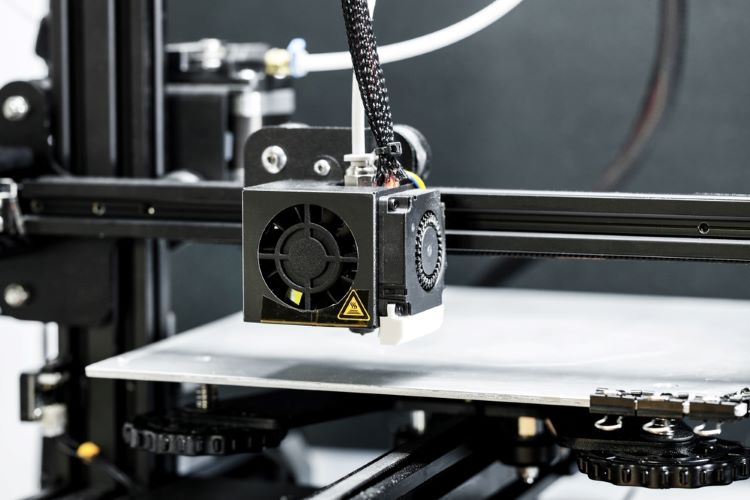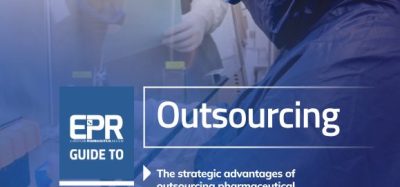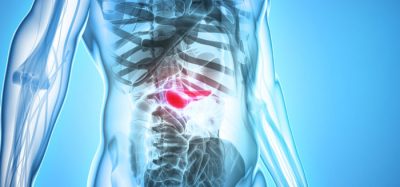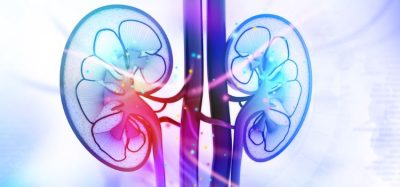Optimising drug release of personalised 3D printed tablets
The 3D printing study enabled a precise tablet structure to be created, allowing for easy modification and for the control of drug release rate through changing the surface curvature.
To modulate drug release, researchers have developed 3D-printed tablets using surface geometries controlled by mathematical functions.
They highlighted that for drug delivery using 3D printing, a common issue is attaining precise control of drug release profiles.
“The ability to predict dissolution curves based on tablet structure, and vice versa, holds promising prospects for tablet design and the application of 3D printing in pharmaceuticals”, the authors explained.
Several tablets with different shapes and depth of the parabolic surface were developed, enabling the impact of surface curvature on drug dissolution to be assessed, the paper reported.
Key study findings
Study results demonstrated that precise control of tablet surface geometry “effectively tailored drug release profiles, enhancing patient compliance and treatment efficacy”.
For example, the formulation with the greatest surface curvature “demonstrated the fastest drug release, achieving complete release within four hours”, the authors explained.
Enhancing tablet design for optimal drug release
“The ability to predict dissolution curves based on tablet structure… holds promising prospects for tablet design and the application of 3D printing in pharmaceuticals”
Based on its high-solubility properties, Wang et al. used acetaminophen (APAP) as a model drug in this formulation study.
The team used thermal melt extrusion and fused deposition modelling 3D printing to create personalised drug delivery systems produced with thermoplastic polymers.
The excipient matrix material selected for the tablets was PVA, the authors stated, as they intended for the dissolution process to be completed in “a few hours instead of over 20 [hours]”.
In terms of design, the printed tablets were manufactured “with 100 percent infill density”. This meant that they had “a relatively slow dissolution rate” when compared to tablets with lower infill density, they added.
Therefore, according to Wang et al., their approach in the study addresses “diverse pharmaceutical manufacturing demands”.
They concluded that their novel approach offers “significant advancements in personalised medicine by providing a highly reproducible and adaptable platform for optimising drug delivery”.
This paper is published in Pharmaceutical Research.










